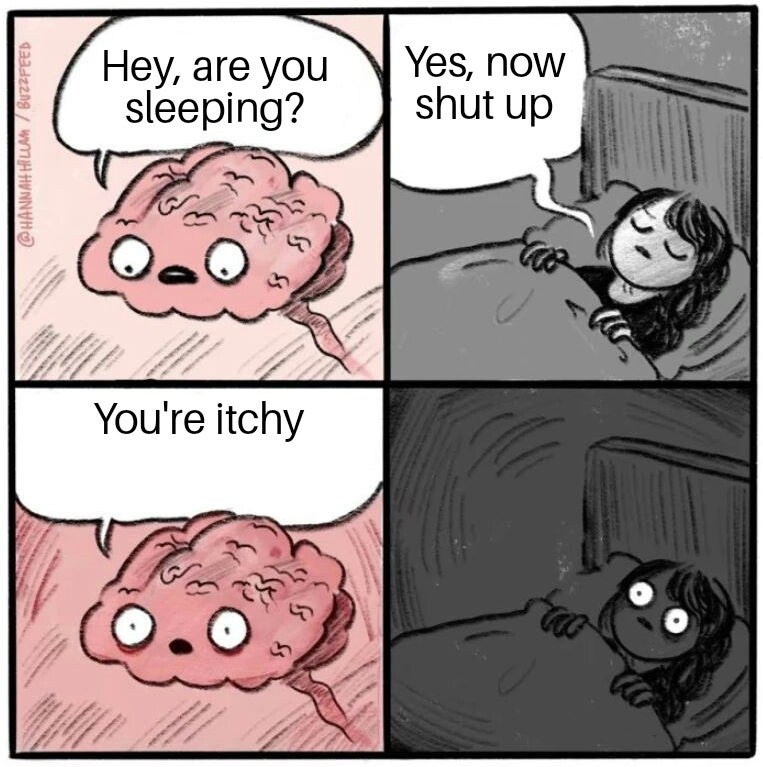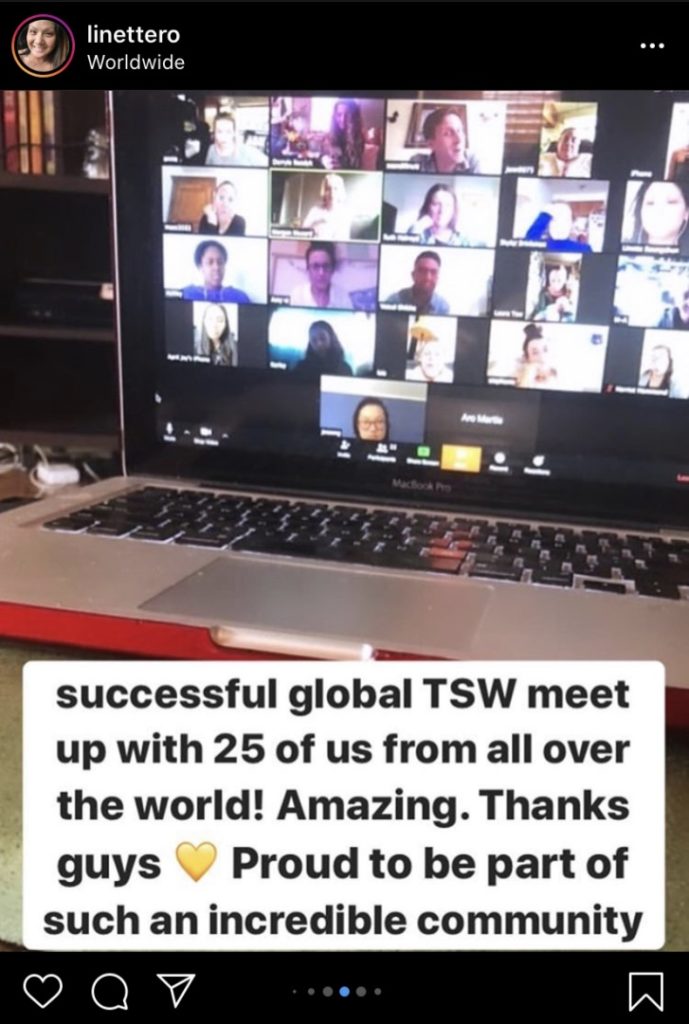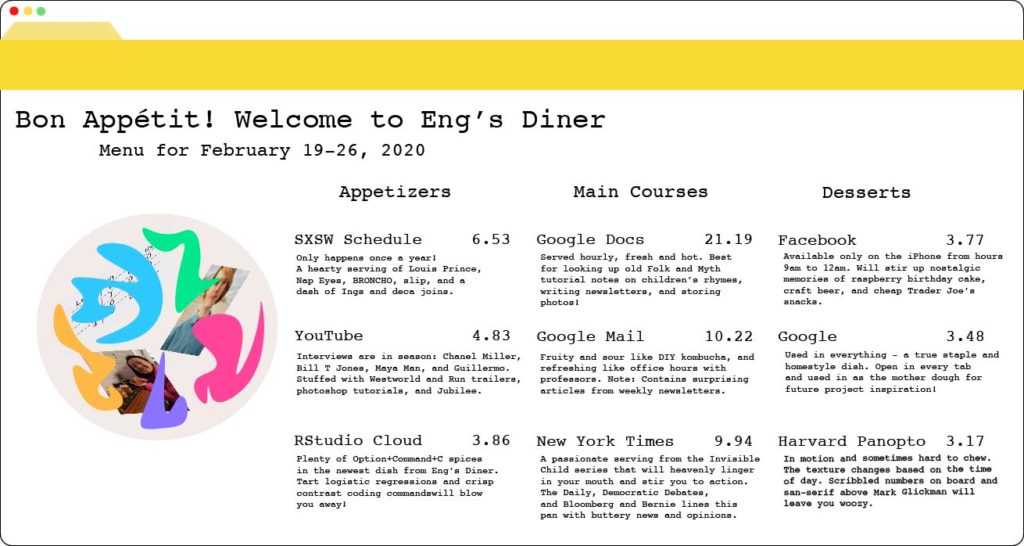Right after I powered down my phone, turned off the lights, and slid into bed, I knew I wouldn’t be able to complete the 24-hour phone challenge, at least not for all 24 hours. I had to wake up on time. Upon this thought, I shot up from bed because I needed — a strong emphasis on needed — my phone’s alarm clock to predictably blare chimes at 9:00 am. Without a roommate or a trusty alarm clock, I knew I would miss my early morning classes. I reached into my desk, begrudgingly switched on my phone, and navigated to the alarm clock. I was off to a bad start.
On top of this, I thought that using my high functioning laptop weakened the challenge’s legitimacy since I could perform most phone tasks on my laptop. I could text. I could check my email. I could even open up TikTok on my laptop. I felt like a cheater. At the same time, as I reassuringly told myself, the act of taking out a phone, of swiping down to see recent messages, constitutes an “addiction” and this challenge tested for just that. In his article, “How Technology Hijacks People’s Minds,” Tristan Harris smartly compares our phone addiction to slot machines. With a computer, it’s definitely harder to become addicted to a task, or a slot machine-like notification, especially after sliding the laptop back into the bag. Bearing this in mind, I reluctantly kept my computer accessible during this challenge.
There are three things I absolutely need to have on me before I leave my room. That is, I need my Totoro wallet with my keys and ID, my Vaseline chapstick for those dry winter days, and my phone. It’s no wonder that the next morning when I walked out of my room, my pockets felt surprisingly lighter. Without my phone, I hurried to my classes, knowing I couldn’t jam out to my favorite Spotify tunes or cruise to Michael Barbaro’s voice on The Daily. My ears felt empty, like they could and should be filled with viscous sound and voice and music, and that bothered me. In this newfound phone silence, I ended up perceiving sounds around me like the buzzing construction and the chirping, energetic tourists. Somehow, I still felt melancholy without my phone, until I started looking around me. Why was every other student on this campus wearing Airpods or headphones? Where was the chit chat, the smiles, the friends stopping to exchange catch-ups? These environmental observations and contrasts, both frustrating and real, could only have manifested without the presence of my phone.
There were other things I missed that day. I missed Shazaming a song I grooved to at a restaurant and I missed photographing pictures of food for future memories and Yelp. I missed telling the time and being on time and I missed sending texts to my friends when I thought of them during the day. This only convinced me that I was not only addicted to my phone, but my brain had also hard-wired functions of my reality to an all-knowing, all performing app. My phone contained my memories and pieces of my livelihood I felt eerily drawn to, and I didn’t enjoy that feeling one bit.
And yet through this challenge, I became acutely aware of the benefits of less phone time. Time passed slowly in class, but I remained more present and aware of what other students were saying and how people responded to each other. I glanced at my computer a lot less during class. To tell time, I glanced at the top of the Cambridge Savings Bank while traversing Harvard Square. I even finished all my reading for the weekend in one day, which is unheard of for me. If I had extended this challenge to a week or a month, I could foresee myself caring less about the apps I use in social situations and more about my general mental health and personal relationships. The no-phone challenge reinvigorated my want to use my phone less, connect with people in my classes and in my dorm, and overall make me less reliant and more skeptical and inquisitive about the apps I use every day.
Jess Eng is a third-year Undergraduate at Harvard studying Folklore and Mythology and Statistics.


